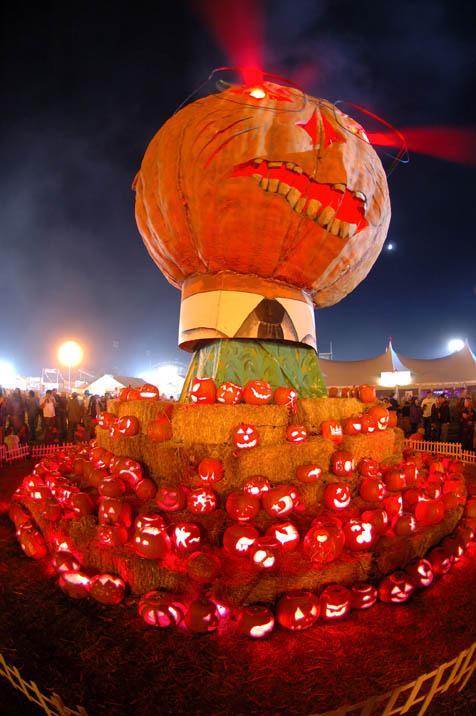Halloween – Historically Speaking
This Weekend's Festivities Have Roots in Bygone Feasts

Many religious holidays – Christmas immediately comes to mind – have been co-opted by mainstream culture and transformed into secular celebrations of gift-giving and food. Not that it’s a bad thing, necessarily; any opportunity to eat pie and hang with the family has to be good. But Halloween has a particularly interesting history, and it’s come a long way from the Celtic harvest festival in which it has its roots.
Halloween, like many other holidays, is actually a conflation of a Catholic feast and at least two ancient pagan observances. Samhain, a Celtic celebration of the end of the summer and harvest season, is still celebrated by adherents of a variety of pagan religions. Contemporary Halloween observances owe much to Samhain’s traditions: bonfires, costumes, and pumpkins and autumn leaves (both symbols of the harvest and the end of summer) all originated in Samhain celebrations.
While Samhain does incorporate an element of the supernatural, much of the spookier Halloween elements come from a Catholic observance, the Feast of All Saints, also known as All Hallows. The feast commemorates every holy martyr who died for the faith, while also providing an opportunity to remember the dead in general. Halloween, or All Hallows Eve, is thus associated with the dead.
Interestingly enough, All Saints was originally celebrated in the spring; the early Catholic Church selected May 13, to coincide with the Feast of the Lemures, another pagan holiday. The Feast of the Lemures, or Lemuria, was an ancient Roman holiday on which the dead, and their ghosts, were remembered and appeased. All Saints Day’s association with Lemuria may also have added to the holiday’s emphasis on ghosts and the supernatural; when All Saints was moved to November 1 in the eighth century, to coincide with Samhain, some of the elements of the Feast of the Lemures was carried along with it.
Halloween, therefore, owes much to two different pagan traditions: those of ancient Rome, and those of the early Celts. It’s likely that the Catholic Church selected May 13, and then November 1, as the date for All Saints in order to strengthen Christian worship through the co-option of other, conflicting traditions. While this tactic, frequently used by the Catholic Church in the selection of other dates, was effective at the time, it’s ironic that Halloween and its pagan traditions are observed far more frequently than All Saints, the feast this co-option was intended to promote. Catholics do observe All Saints Day – but Halloween is observed by a majority of Americans, who may or may not have any religious affiliation.
So as you polish off the Halloween candy and put away the decorations for another year, remember the richness of tradition that’s led to this incredibly fun holiday – there’s a lot more religious and spiritual history to Halloween than typically meets the eye.



